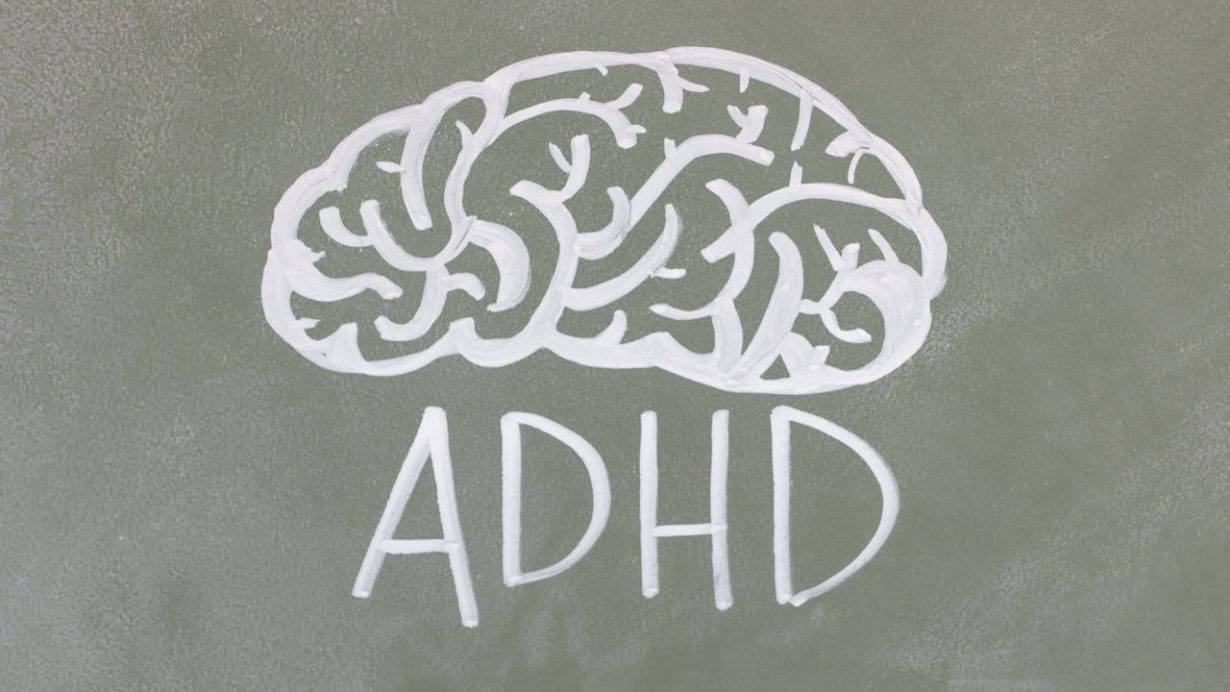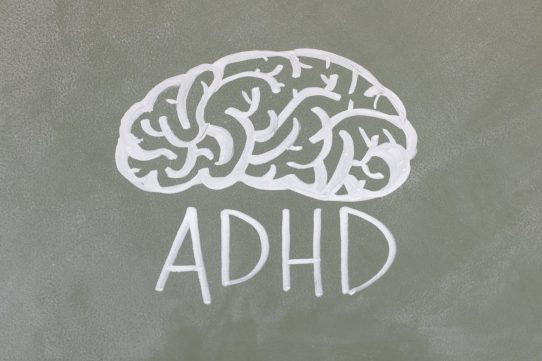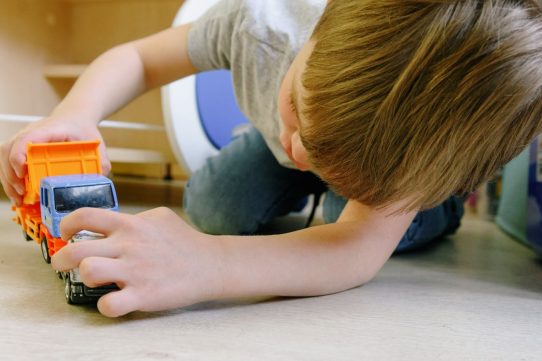Autism and Attention-Deficit/Hyperactivity Disorder (ADHD) are two of the most commonly discussed neurodevelopmental conditions among children today. They often appear together, share overlapping traits, and can sometimes look similar from the outside. Yet, each shapes thinking, behavior, and communication in distinct ways.
For parents, educators, and caregivers, understanding where autism and ADHD overlap — and where they differ — can make daily life easier. It helps families recognize what their child needs most, how to respond with patience, and how to create environments that encourage success rather than frustration.
A Shared Foundation: The Neurodevelopmental Spectrum
Both autism and ADHD are forms of neurodivergence, meaning they reflect natural differences in how the brain develops and processes information. Neither is a sign of bad parenting, lack of discipline, or low intelligence. In fact, many children with autism or ADHD show remarkable creativity, memory, and focus — when supported in the right way.
Because both affect attention, learning, and social understanding, they can sometimes be confused for one another. However, they arise from different developmental patterns and influence behavior in unique ways.
Autism in Everyday Life
Autism, or Autism Spectrum Disorder (ASD), affects how a person experiences social communication, sensory input, and patterns of behavior or interest. Some autistic people are highly verbal and independent, while others communicate through gestures, technology, or visual tools. What they share is a preference for predictability and a deep focus on topics or routines that feel meaningful.
Common autistic traits include:
- Difficulty interpreting social cues such as facial expressions or tone of voice.
- Strong need for structure and routine.
- Intense interests or repetitive behaviors that bring comfort or focus.
- Differences in sensory processing — sounds, textures, lights, or movement can feel overwhelming or soothing.
- A literal communication style and preference for clear, concrete language.
Autistic individuals often think in vivid detail and notice patterns others overlook. They may excel in areas like memory, design, mathematics, or visual reasoning. But when environments are noisy, unpredictable, or overly social, anxiety can rise quickly.
ADHD in Everyday Life
ADHD influences how a person manages attention, movement, and impulse control. While autism centers on differences in social understanding and sensory experience, ADHD is rooted in executive function — the brain’s ability to organize, plan, and sustain focus.
Common ADHD traits include:
- Difficulty maintaining attention on non-preferred tasks.
- Forgetting instructions, assignments, or details.
- Acting impulsively or interrupting conversations.
- Restlessness or a need for movement.
- Wide swings in energy and motivation depending on interest level.
ADHD often brings strong bursts of creativity and problem-solving. Many children with ADHD can hyperfocus on subjects they love, producing impressive work when inspired. The challenge comes in balancing that energy within structured environments like school, where sustained attention is expected.
Overlap Between Autism and ADHD
It’s common for autism and ADHD to occur together. Studies suggest that 30–50% of autistic individuals also meet criteria for ADHD. Both conditions share differences in attention regulation, emotional control, and sensory processing.
Overlapping traits may include:
- Difficulty staying focused in class or following multi-step instructions.
- Sensitivity to noise, textures, or movement.
- Struggles with organization and time management.
- Impulsive behaviors or social misunderstandings.
- Strong interest in specific topics but resistance to switching tasks.
This overlap can sometimes make early identification confusing. A child might appear inattentive because they’re overwhelmed by sensory input (common in autism) or simply distracted by shifting thoughts (common in ADHD). The behaviors can look alike but stem from different causes.
Key Differences to Recognize
Despite their similarities, autism and ADHD diverge in several key areas. Understanding these differences helps caregivers tailor support more effectively.
| Aspect | Autism | ADHD |
|---|---|---|
| Social interaction | Difficulty interpreting facial expressions and social rules; may prefer solitude | May understand social rules but act impulsively, interrupt, or drift off during conversations |
| Attention | Focused, sometimes overly narrow attention on specific interests | Inconsistent focus — may shift quickly between tasks |
| Routine | Strong need for predictability and sameness | Prefers novelty and excitement; may resist repetitive tasks |
| Communication | Literal understanding, difficulty with abstract or figurative language | Talks quickly, jumps between ideas, may lose track mid-sentence |
| Sensory processing | Highly sensitive to sound, light, texture, or touch | Often seeks stimulation; may fidget or crave sensory input |
| Response to change | Distressed by unexpected transitions | Bored or restless without change |
No two children will fit neatly into these categories, but noticing these tendencies can guide parents and teachers toward strategies that work best for each.
Emotional Regulation and Meltdowns
Both autistic and ADHD children experience emotional intensity, but the reasons differ.
An autistic child might have a meltdown when overwhelmed by sensory overload or unexpected changes. It’s not a choice — it’s the body’s reaction to stress that feels unmanageable.
A child with ADHD, on the other hand, may have an outburst due to frustration, impulsivity, or emotional overflow after struggling to focus or follow directions. Their emotions often rise quickly and fade just as fast.
In both cases, punishment rarely helps. Calm, predictable responses and breaks from stimulation do. Emotional regulation takes time and modeling from trusted adults.
Learning and Attention in School
In classroom settings, both autism and ADHD can affect academic performance — not due to lack of ability, but because traditional teaching styles often rely on sustained attention, group work, and unstructured transitions.
Students with autism often benefit from:
- Clear, visual schedules.
- Predictable routines and minimal distractions.
- Concrete, step-by-step instructions.
- Individual or quiet spaces for focus.
Students with ADHD may do better with:
- Frequent breaks and movement opportunities.
- Short, engaging lessons with hands-on components.
- Positive reinforcement and visual reminders.
- Flexible seating and organizational supports.
When teachers adapt their classrooms for both types of learners, all students benefit — not just those with diagnoses.
When Autism and ADHD Coexist
When a child has both autism and ADHD, traits can blend and amplify. For instance, they might crave routine (autism) yet struggle to maintain it (ADHD). They might fixate on a topic for hours but forget basic tasks minutes later.
Parents and educators can help by:
- Breaking large goals into smaller, clearly labeled steps.
- Using visual supports and written reminders.
- Allowing movement and flexible pacing during tasks.
- Maintaining consistent routines but building in planned novelty.
The right combination of structure and flexibility helps children with both conditions thrive.
Strengths of Neurodiverse Thinking
While the challenges of autism and ADHD can be significant, both bring distinct strengths.
Autistic individuals often excel in pattern recognition, honesty, attention to detail, and deep concentration. ADHD individuals shine in creativity, problem-solving, adaptability, and enthusiasm.
Together, these minds drive innovation in art, technology, science, and communication. Many well-known inventors, entrepreneurs, and creators credit their success to the very traits once misunderstood as obstacles.
Supporting Without Labeling
Labels can help families access services and support, but they should never define a person’s worth or potential. Whether a child is autistic, has ADHD, or both, the focus should remain on understanding their needs, nurturing their strengths, and teaching self-advocacy.
When adults respond with empathy instead of frustration, children learn that their brains are not broken — they are simply wired differently. With acceptance and the right tools, difference becomes advantage.
Final Thoughts
Autism and ADHD both challenge traditional expectations of learning, focus, and behavior — yet they also expand what it means to think, feel, and create.
By understanding the overlaps and differences, parents and educators can move from confusion to clarity, from correction to connection. These conditions are not opposites or oppositions; they are simply different expressions of human diversity.
Every child deserves an environment that celebrates their way of learning and living. With patience, structure, and acceptance, that kind of world is possible.
Photo by Tara Winstead: https://www.pexels.com/photo/adhd-text-8378747








